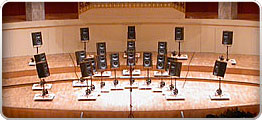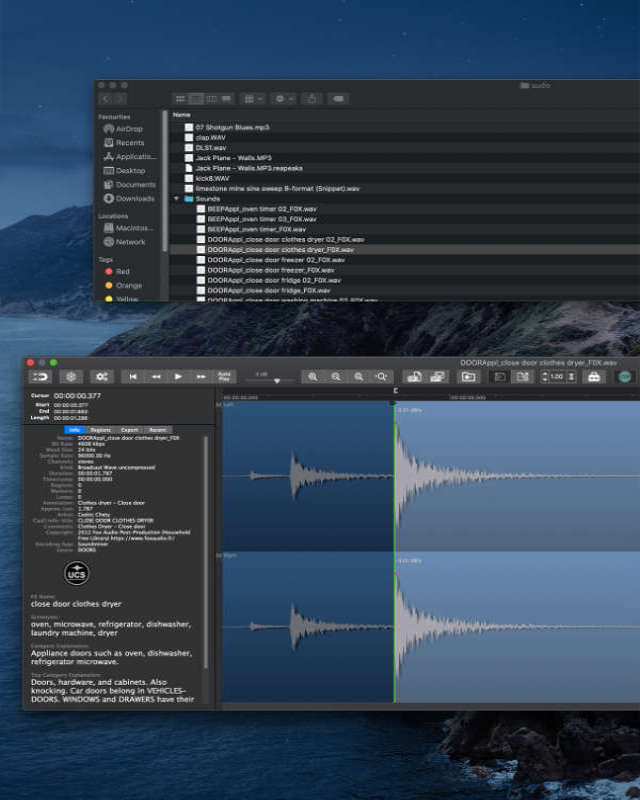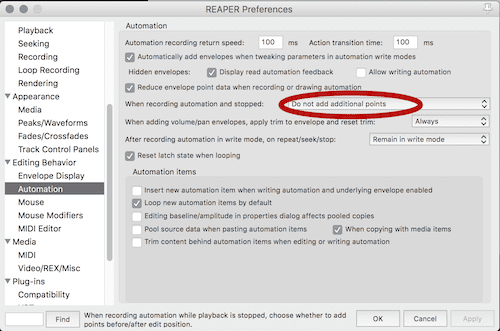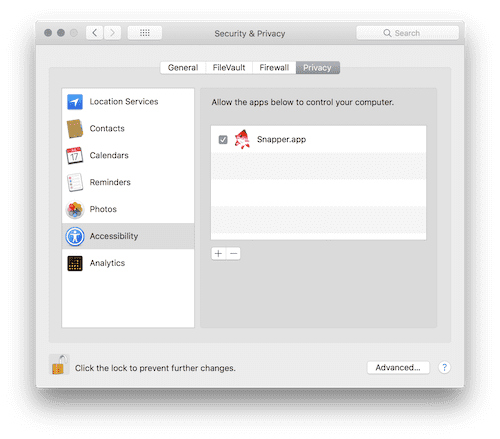Do you really need a convolution reverb that costs upwards of 500 Euros? Our reviewer seems to think that with Altiverb 7, the answer unfortunately is “absolutely”.
Altiverb 7 added space without muddying even slightly the space around the cello. It sounded quite a bit more real than with other convolution reverbs. Somehow very clean but still spacey. After trying it more on some other sound sources I also discovered that I couldn’t find any small or big, natural or hardware emulated space sounding as. Altiverb 7 is a native stereo in / stereo out RTAS-VST-AU-MAS plug-in that goes up to 96 kHz sampling rate. Altiverb 7 XL adds support for TDM (Mac only), i/o up to 5.1, and sample rates over 96 kHz. Both versions are protected using the iLok usb key, which can be added to any Altiverb 7 purchase.
by Alex Arsov, May 2017
I assume you’ve already heard about Altiverb, a studio standard. Of course, as convolution reverbs can be found in almost every DAW, not to mention that there are also a dozen third party convolution reverbs around for a quite reasonable price (ranging from $100 to $200 USD), you probably asked yourself, as I did before I got it, whether Altiverb 7 is worth the price. After all, €499 EUR for the regular version and €849 EUR for XL is quite a big price, and after all, convolution reverbs are all about the impulse responses (known as IRs) from real places which you can even get for free if you google a bit. There are plenty of enthusiasts that have sampled some great real spaces, same as some legendary reverb hardware pieces. So, where is the catch?
I have had Altiverb for almost a month and had enough time to try it with some orchestral material and some pop songs with guitars and vocals. So, where is that few hundred euros difference? The first thing I should say is, yes, it is worth the money, and second, yes, it makes a very noticeable difference. Not just a difference in the range of those abstract words that no one can really properly describe, like “Warmth” for example. I presume this word means drinking Whiskey by the old stove inside a house on a cold winter’s day. Not sure what exactly what it means in a musical sense.
Let’s start with clarity. All other virtual reverbs add space around the effected sound, a nice sound, but still a bit foggy and muddy. Don’t tell me about predelay, equalizer and other things, as you know exactly what I’m talking about. The real spaces sound clean and well defined, something that is not 100% true with convolution or even algorithmic reverbs. Some of them add really cool and pleasant spaces around the audio object, but you can’t say that this is totally the same as listening to an instrument in a real place. Close, but not enough. I don’t know what the secret of Altiverb 7 is, it could be a high sample rate used for IR convolutions or maybe recording techniques used by skilled recording engineers, or perfectly chosen places, good programming, or probably all the mentioned reasons coming together to give a unique end result.
I was quite surprised trying it for a first time with a dry cello track. Altiverb 7 added space without muddying even slightly the space around the cello. It sounded quite a bit more real than with other convolution reverbs. Somehow very clean but still spacey. After trying it more on some other sound sources I also discovered that I couldn’t find any small or big, natural or hardware emulated space sounding as harsh as some reverbs can sometimes sound in higher frequencies. That is about the sound in general. The next advantage is the great IR convolution spaces library that grows from day to day, being well categorized into large groups, allowing you to even find complementary sounding spaces. Large groups from hardware, big halls or open spaces through to various studio rooms and some bizarre spaces that come in handy for film makers or any other purpose audio treatments. This is not to mention that if you have recorded the bang of a slate clap or even a starter pistol at the beginning of your tape, you will be able to recreate the space of the take, recording new edited dialog dry in a studio and applying the space from the recording scene. This is absolutely a life saver for all movie makers. I remember how I lost a whole day trying to edit some words in a short movie that we did for national TV. It was almost impossible to recreate the space where we recorded original audio. Film makers also love Altiverb 7 as it has IR convolutions for all those odd spaces like interior of various car models through countless examples of outdoor ambiance, tunnels, schools and all other imaginable places.
Altiverb 7 Demo
 Chris Heain Cello with Altiverb 7
Chris Heain Cello with Altiverb 7
OK, this is not a film-making magazine, so let’s go to the music creating benefits. The Altiverb fellows recorded various microphone positions in most of the spaces, so you can set depth and panning position. Actually you can also set a reverb distance from the source by clicking on a picture and choosing the distance measured in meters (and in seconds), choosing between stereo and mono sources. In plain English, set one reverb in the center, one for a left position, another for right. Two for far left and far right and you will get a very realistic panning position for most instruments just by setting reverb along with pan on your tracks. I was quite surprised with the end results having tried this with a few violins.
Altiverb 7 is not cheap, but all these additions and advantages are pretty priceless at some level. Not that you can’t achieve good results with other reverbs, that is far from the truth, but the difference is noticeable, not just abstract and discrete.
Altiverb Trial
Details All Around
We already discussed the great number of impulse responses. By clicking on a photograph of a real space in Altiverb 7 you get a IR browser. There are four main categories: Music, Post, Gear and Design. In those basic categories are a huge number of different subgroups with large number of spaces. You can search by name or characteristic, setting the way they will be presented – by name or by size. As this would not be enough, you even have the option to search for similar ones, as soon as you find the one that suits your needs.
The main window brings five sections with some basic controllers that can be extended with a click on a small triangle sign in the bottom right corner. The first window has a big knob for setting reverb time along with artificial brightness taken from algorithmic reverbs, and of course the standard knob for all reverbs: size. The second one is the Input Output section for setting the ratio between dry and wet signal. Another three are Equalizer, Damping and Time sections.

In the top row is a menu where we can reach other sections of Altiverb 7. We can set the IR folders and notifications about updates in the Preference menu. We can set the gate in milliseconds or relative to song tempo, cutting the tail of the reverb. Positioner is a feature with which we can set a specific spot in a room or any other chosen recording space, getting the aforementioned natural depth or distance from the source along with the pan position. So far, this is my favorite capability in Altiverb 7. The Snapshots section allows you to save and easily retrieve some different settings. I made a few snapshots with different panning positions for the same convolution space to have it available for easily setting a few send effects for orchestral music. Next is IR import with which you can import your spaces. If you want to have an IR of your bedroom, this could be easily achieved. Download the sweep signal from the Audioease site. Play it through any player and record the signal on other side of your room. Drag the sweep at the bottom of IR import window choosing one of the import options (the first and second ones are for processing Sweep signal) and you will have an IR of your bedroom. Not sure why you will need it and what your wife would say about it, but …
OK, joking aside, if you have any recorder and player with you, this could even be a pair of mobile phones, you can easily make an IR of any space around the globe. Whenever you find a place with good acoustic, this could effortlessly end up in your IR Altiverb 7 section – quite handy. At the moment, the second import option is for recordings made by portable Tivoli PAL radio. I hope the Audioease fellows will add an option for a mobile phone as we all travel with one in our pockets, so it is quite easy to record everything with them. Second option is to directly throw in any audio source, getting some quite unique results, reverberating your synth line with part of a drum loop that was imported into Altiverb 7.
Thoughts
I presume that almost all professional studios already have and use Altiverb 7. Also, I can’t imagine any big movie production without it. We don’t belong to those two worlds, but the truth is: if you can afford this one, then you should have it. It makes a difference. Not that other reverbs are bad, this one is simply better. It brings space, preserving the clarity. It sounds amazing and brings an unbeatable quantity of impulse responses. Well-organized browsers allow you a fast approach to the desired sound. Positioner gives you additional space dimensions that can put your mix in a real space with all pan and distance depth. It works well with all genres of music. All in all, all you need is one good algorithmic and one good convolution reverb and you are safe. In case that you don’t have algorithmic, then Altiverb 7 can also cover that, already being best in the convolution field.
Enough, I’m going to play with my new toy … er, I mean tool.
Altiverb 7 Xl Torrent
More info and all additional details, go to: https://www.audioease.com/altiverb/
Price is at the beginning of the article. All you need to run Altiverb 7 is love and an iLok 2 protection key.
up to stereo input and output
up to 96 kHz sampling rates

Altiverb Free
up to 5.1 surround input and output
up to 384 kHz sampling rates
TDM plug-in for Pro Tools 10 (and 9 and 8).
